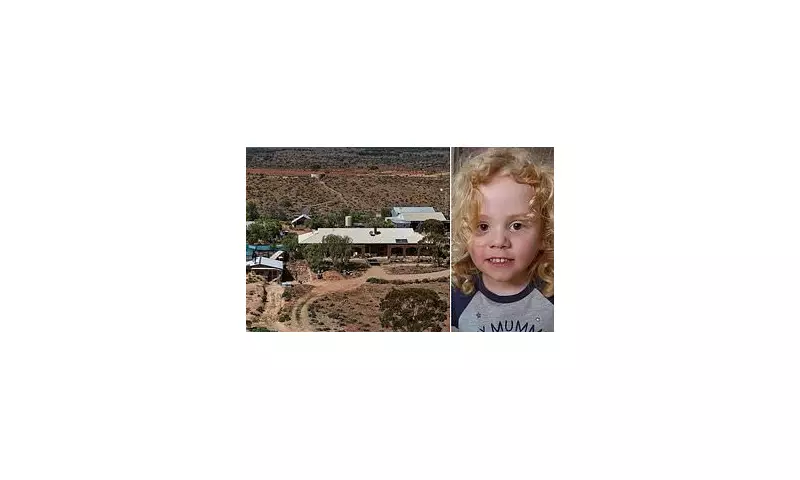
Veteran private investigator Ken Gamble has stated that if an expanded search for four-year-old Gus Lamont finds no trace of the boy, authorities must begin exploring 'alternative theories' about his baffling disappearance.
The Mysterious Disappearance
Gus vanished from his grandparents' remote South Australian homestead on September 27, 2025, sparking one of the largest search operations in the country's history. Despite extensive efforts involving the Australian Defence Force, helicopters equipped with thermal imaging, and Aboriginal trackers, no evidence of the child has been found in the eight weeks since he went missing.
The boy was last seen by his grandmother playing on a dirt mound outside the property during the early evening. When she returned just thirty minutes later to call him inside, he had completely vanished. Authorities have described the case as unusual given the complete absence of footprints, clothing items, or any remains across the 150,000 acres of land searched by ground and air.
Investigator's Critical Assessment
Speaking to the Daily Mail's Trial Australia podcast, Ken Gamble, a professional private investigator and Chair of cybercrime prevention firm IFW Global, highlighted the concerning lack of evidence suggesting Gus ever left the family property.
"There's a lack of evidence of Gus walking away from the homestead," Gamble told crime reporter Wayne Flower. "There's a lack of footprints - that may indicate that someone removed him from that location."
Despite this observation, Gamble cautioned against public speculation and expressed full confidence in the police investigation, emphasising that "we simply do not know" what happened to the child.
Search Parameters and Alternative Scenarios
The official police theory maintains that Gus, described as "an adventurous child and good walker" though having never previously left the property alone, simply wandered off and became lost. However, Gamble suggested investigators might have initially underestimated how far a determined four-year-old could travel.
"I would have searched in a much wider range than two kilometers," Gamble stated. "That radius is a long way for a little boy. But I don't think we can underestimate how far a boy of that age can walk if he's disorientated and determined."
He theorised that by the time the search area expanded, Gus might have sought shelter in a difficult-to-access location that searchers missed. "I think there's a possibility he's gone to a location, maybe sought shelter and essentially perished in that area," Gamble said. "You would literally have to stumble across it before you find the body."
Gamble explained that while police publicly treat the case as a missing persons investigation, they would not reveal if they're pursuing alternative theories like abduction to avoid compromising their work. He noted the absence of CCTV in the remote area presents significant challenges for gathering evidence.
The investigator concluded that if a thorough grid search within a 5km radius produces no results, this would constitute evidence that Gus didn't simply walk away, necessitating serious consideration of other possibilities.





